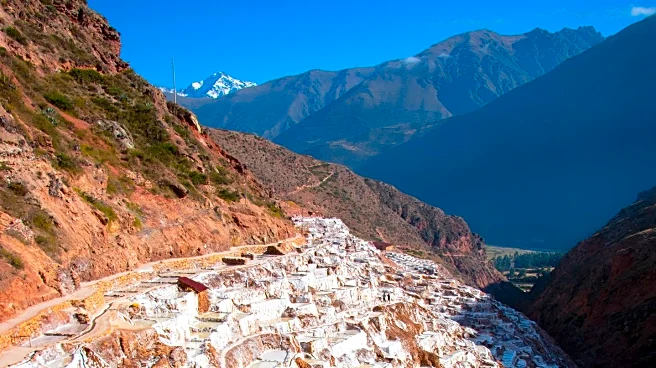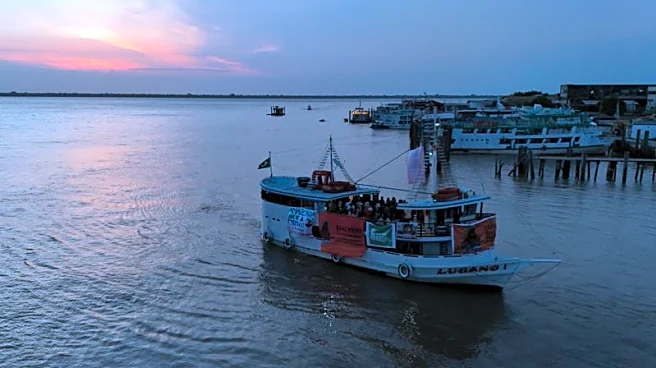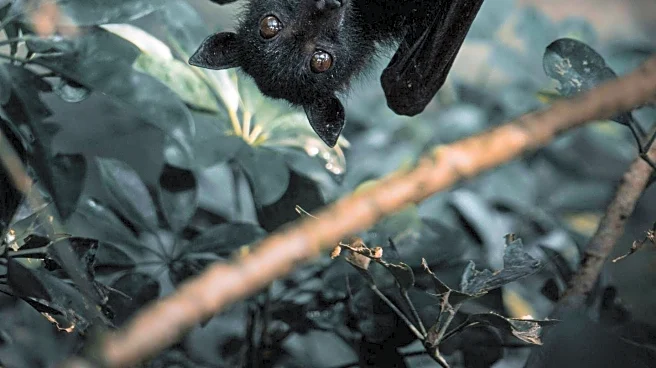What's Happening?
In the Andes mountains near Cusco, Peru, villagers from Maras and Pichingoto continue the ancient practice of salt mining, a tradition dating back to pre-Inca times. The salt is harvested from ponds fed by a salty stream, a process that involves mutual
aid among villagers, known as 'ayni.' Families have passed down the ownership of these ponds through generations, maintaining a cooperative system for marketing and selling the salt. The salt mining operation is a vital part of the local economy, with villagers working together to ensure the sustainability of this practice.
Why It's Important?
The preservation of traditional salt mining in Peru is crucial for maintaining cultural heritage and supporting local economies. This practice not only provides economic benefits to the villagers but also fosters community cohesion through mutual aid. The cooperative model ensures that the benefits of salt production are shared among the community, promoting social equity. Additionally, the emphasis on sustainable practices highlights the importance of environmental stewardship in rural economies, offering a model for balancing economic activity with ecological preservation.
What's Next?
As global interest in sustainable and ethically sourced products grows, the Peruvian salt mining tradition may attract more attention from international markets. This could lead to increased demand for Maras salt, providing economic opportunities for the villagers. However, it will be essential to manage this growth carefully to avoid overexploitation of resources and ensure that the community retains control over their traditional practices. Continued support from local and national governments could help protect this cultural heritage while promoting economic development.
Beyond the Headlines
The story of salt mining in the Andes reflects broader themes of cultural preservation and sustainable development. It underscores the importance of traditional knowledge in modern economies and the role of community-based models in fostering resilience. As global challenges such as climate change and economic inequality persist, the lessons from Maras and Pichingoto offer valuable insights into how communities can thrive by integrating cultural heritage with sustainable practices.













